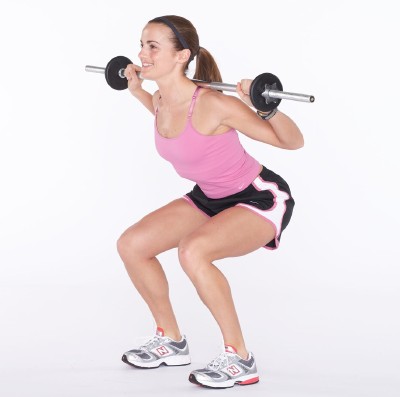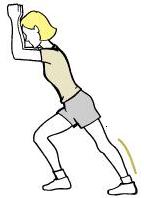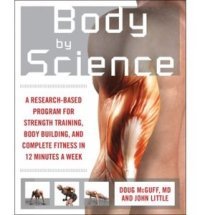 There is a difference between exercise and daily activity, and you need both to maintain a healthy body, mentally and physically.
There is a difference between exercise and daily activity, and you need both to maintain a healthy body, mentally and physically.
Current research suggests we need 1.5 hours of activity a day. Normally, people take this as having to work out 90 minutes a day. I’m here to suggest that you combine both exercise and recreation – to hit this requirement. Spend 45 quality, strategic, minutes in the gym, then live your life to the fullest. This combo is the best way to make up that 90 minutes.
Exercise needs to be scientific by being SMART - Specific, Measured, Action-oriented, Realistic and Timed. I was introduced to this concept in a book published in 1988 called, If It Hurts, Don’t Do It, by Peter Francis, PhD. and Lorna Francis, PhD. Your program needs to be planned and executed properly (another good reason to have a trainer - to insure proper exercise form).
Exercise is a powerful key for good health. You don’t need to do a lot of it to reap the benefits. Recreation is personal and includes all activity. And yes, all activity counts. Hiking, swimming, walking, housework, gardening, skiing, golfing, tennis and the list goes on. Don't worry about the intensity. Focus on the joy of being able to have the strength to move your body in the ways that you enjoy, as pain free as possible.

In my training sessions I now primarily focus on strength training. Building muscle is essential for your overall health, which includes cardio endurance, muscle strengthening and flexibility and a reduction in body composition (which is more about ‘fat’ loss than ‘weight’ loss).
So, now that you know the difference between exercise and recreation, stop exercising harder and work SMART.



